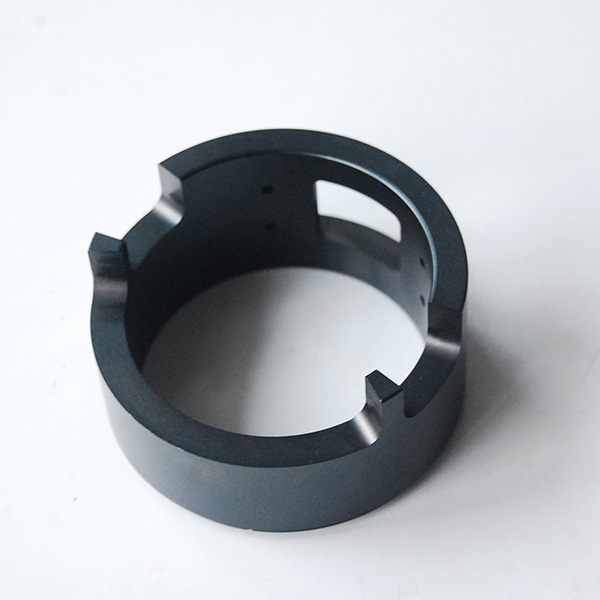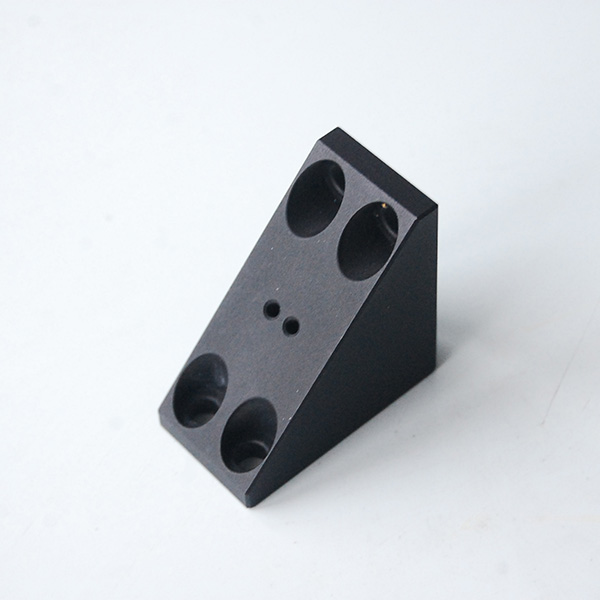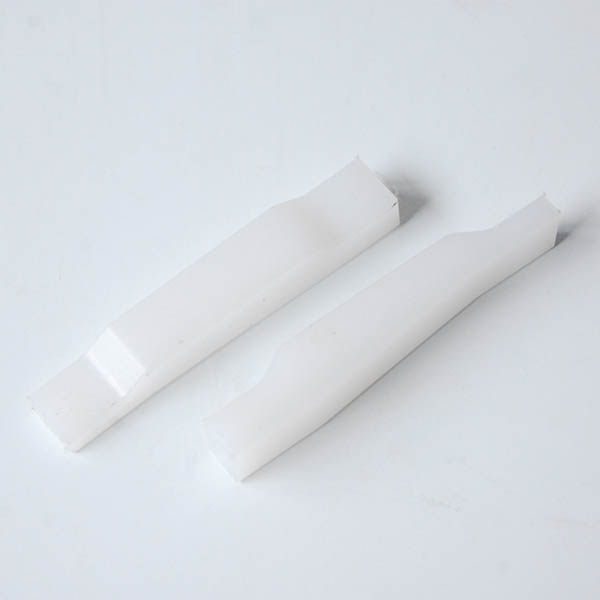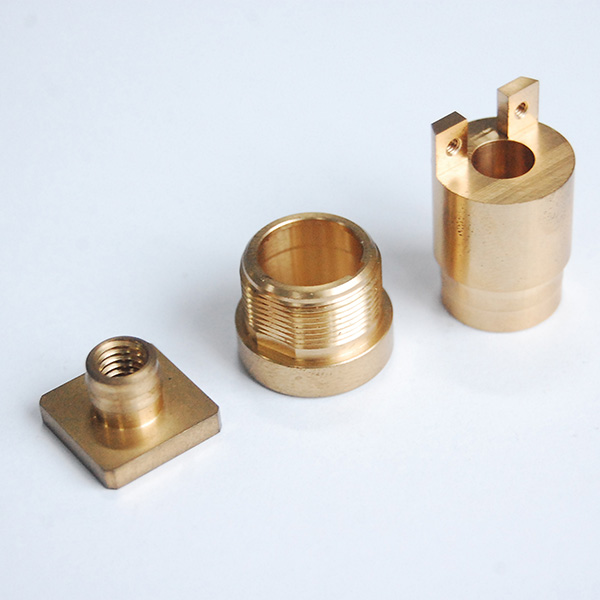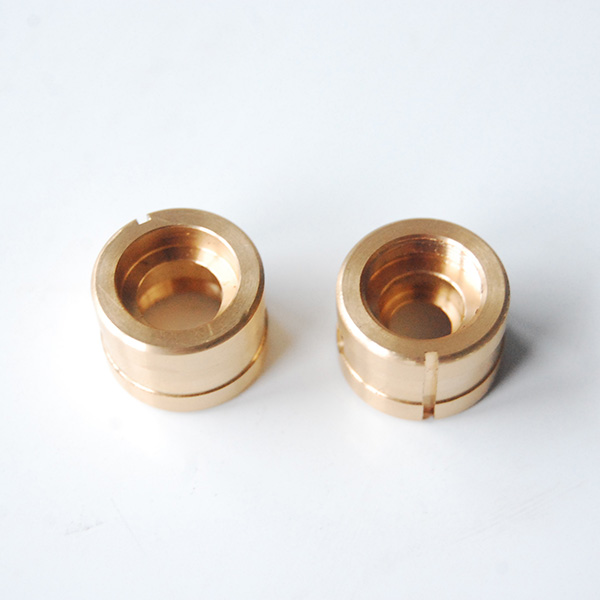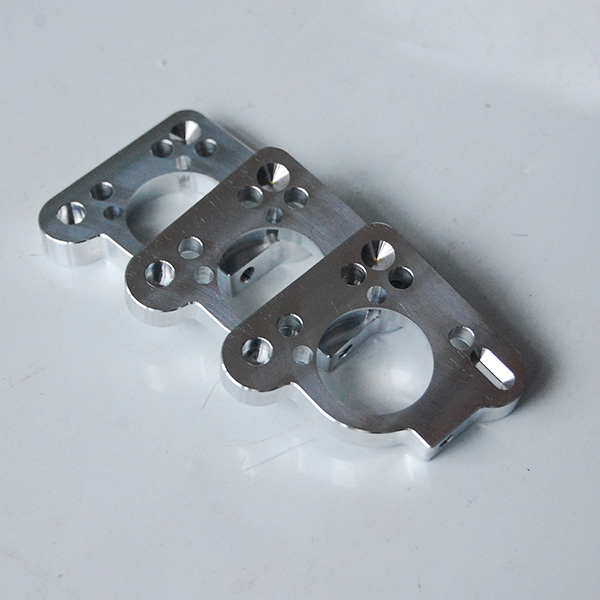Introduction of stainless steel parts:
Stainless steel is a group of ferrous alloys that contain a minimum of approximately 11% chromium, a composition that prevents the iron from rusting and also provides heat-resistant properties.Different types of stainless steel include the elements carbon (from 0.03% to greater than 1.00%), nitrogen, aluminium, silicon, sulfur, titanium, nickel, copper, selenium, niobium, and molybdenum.Specific types of stainless steel are often designated by their AISI three-digit number, e.g., 304 stainless. The ISO 15510 standard lists the chemical compositions of stainless steels of the specifications in existing ISO, ASTM, EN, JIS, and GB (Chinese) standards in a useful interchange table. Stainless steel's resistance to rusting results from the presence of chromium in the alloy, which forms a passive film that protects the underlying material from corrosion attack, and can self-heal in the presence of oxygen.Corrosion resistance can be increased further by the following means: 1. increase chromium content to more than 11%. 2. add nickel to at least 8%. 3. add molybdenum (which also improves resistance to pitting corrosion). The addition of nitrogen also improves resistance to pitting corrosion and increases mechanical strength.Thus, there are numerous grades of stainless steel with varying chromium and molybdenum contents to suit the environment the alloy must endure. Resistance to corrosion and staining, low maintenance, and familiar luster make stainless steel an ideal material for many applications where both the strength of steel and corrosion resistance are required. Moreover, stainless steel can be rolled into sheets, plates, bars, wire, and tubing. These can be used in cookware, cutlery, surgical instruments, major appliances, vehicles, construction material in large buildings, industrial equipment (e.g., in paper mills, chemical plants, water treatment), and storage tanks and tankers for chemicals and food products. The material's corrosion resistance, the ease with which it can be steam-cleaned and sterilized, and the absence of the need for surface coatings have prompted the use of stainless steel in kitchens and food processing plants. Austenitic stainless steel is the largest family of stainless steels, making up about two-thirds of all stainless steel production (see production figures below). They possess an austenitic microstructure, which is a face-centered cubic crystal structure.This microstructure is achieved by alloying steel with sufficient nickel and/or manganese and nitrogen to maintain an austenitic microstructure at all temperatures, ranging from the cryogenic region to the melting point. Thus, austenitic stainless steels are not hardenable by heat treatment since they possess the same microstructure at all temperatures.Series of stainless steel material
Austenitic stainless steels can be further subdivided into two sub-groups, 200 series and 300 series: 200 series are chromium-manganese-nickel alloys that maximize the use of manganese and nitrogen to minimize the use of nickel. Due to their nitrogen addition, they possess approximately 50% higher yield strength than 300 series stainless sheets of steel. Type 201 is hardenable through cold working. Type 202 is a general-purpose stainless steel. Decreasing nickel content and increasing manganese results in weak corrosion resistance. 300 series are chromium-nickel alloys that achieve their austenitic microstructure almost exclusively by nickel alloying; some very highly-alloyed grades include some nitrogen to reduce nickel requirements. 300 series is the largest group and the most widely used. Type 304: The best-known grade is Type 304, also known as 18/8 and 18/10 for its composition of 18% chromium and 8%/10% nickel, respectively. Type 316: The second most common austenitic stainless steel is Type 316. The addition of 2% molybdenum provides greater resistance to acids and localized corrosion caused by chloride ions. Low-carbon versions, such as 316L or 304L, have carbon contents below 0.03% and are used to avoid corrosion problems caused by welding.Heat treatment of stainless steels
Martensitic stainless steels can be heat treated to provide better mechanical properties. The heat treatment typically involves three steps: Austenitizing, in which the steel is heated to a temperature in the range 980–1,050 °C (1,800–1,920 °F), depending on grade. The resulting austenite has a face-centered cubic crystal structure. Quenching. The austenite is transformed into martensite, a hard body-centered tetragonal crystal structure. The quenched martensite is very hard and too brittle for most applications. Some residual austenite may remain. Tempering. Martensite is heated to around 500 °C (932 °F), held at temperature, then air-cooled. Higher tempering temperatures decrease yield strength and ultimate tensile strength but increase the elongation and impact resistance.


CNC stainless steel turning insert
CNC turning mechanical stainless steel parts
CNC turning stainless steel pins



Precision machining stainless steel parts
SS630 Stainless steel valve cnc parts
Stainless steel machining parts

Furniture stainless steel hardware parts

Turning and milling stainless steel parts









